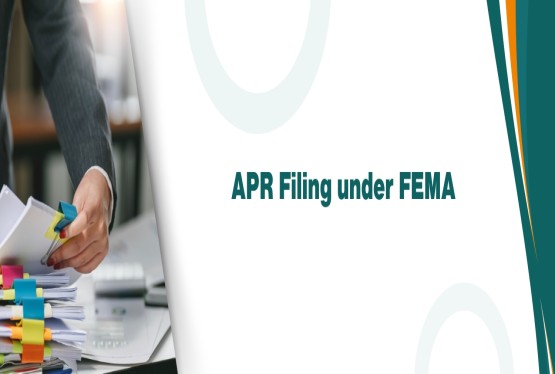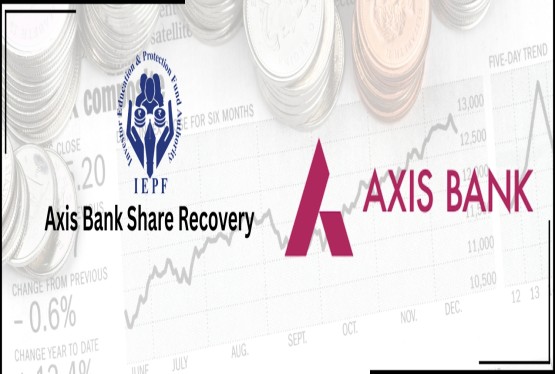Peer-to-Peer (P2P) lending is a technology-driven financial service that connects individual lenders and borrowers on a digital platform, bypassing traditional financial intermediaries like banks. In India, this model gained significant traction due to the rising demand for alternate sources of credit and investment. To ensure transparency, consumer protection, and orderly growth of this sector, the Reserve Bank of India (RBI) has brought P2P lending platforms under regulatory oversight by categorizing them as Non-Banking Financial Companies – Peer-to-Peer Lending Platforms (NBFC-P2P).
Overview of the P2P Lending Business Model
The Peer-to-Peer (P2P) lending business model is a digital financial service that connects individual borrowers and lenders directly through an online platform, eliminating the need for traditional banks or intermediaries. Borrowers apply for unsecured loans by providing their personal and financial information, which the platform assesses before listing their loan requests. Lenders, usually individuals or institutions, browse these listings and choose to invest small amounts in various loans to diversify risk and earn higher returns compared to traditional financial instruments. The P2P platform acts as a facilitator and is not permitted to lend or borrow itself. In India, it must be registered with the Reserve Bank of India (RBI) as an NBFC-P2P to operate legally.
Conditions for Registering a P2P Lending Platform in India
Peer-to-Peer (P2P) lending has emerged as a significant innovation in the fintech sector, offering alternative credit and investment opportunities outside the traditional banking framework. To ensure financial stability, transparency, and consumer protection, the Reserve Bank of India (RBI) issued a comprehensive regulatory framework in 2017 under which P2P lending platforms are required to be registered as Non-Banking Financial Companies – Peer-to-Peer Lending Platforms (NBFC-P2P). Any company intending to operate such a platform in India must comply with specific conditions for registration and adhere to ongoing regulatory requirements.
Revenue, Compliance, and Risk Management of P2P lending Model
The platform earns revenue through processing fees charged to borrowers and service fees collected from lenders. Loans are disbursed through escrow accounts managed by banks, and repayments are collected and redistributed to lenders in monthly instalments. The RBI regulates this model to ensure transparency and protect stakeholders. It has placed restrictions such as a Rs.50,000 exposure limit per borrower from a single lender, a Rs.50 lakh cap per lender (with declaration), and a maximum loan tenure of 36 months. While the model enables easier credit access and better investment returns, it carries risks like borrower default and platform failure. Effective credit assessment, regulatory compliance, and trust-building mechanisms are essential for long-term sustainability and growth in the P2P lending sector.
Legal compliances regarding P2P lending Registration
Legal Compliances are as follows:
Legal Structure and Incorporation of P2P lending Platform
One of the foremost conditions for registering a P2P lending platform is that the applicant must be a company incorporated in India under the Companies Act, 2013. Only a corporate entity is eligible for seeking registration with the RBI as an NBFC-P2P. Sole proprietorships, partnerships, or limited liability partnerships (LLPs) are not permitted to operate as P2P lending platforms under the current regulatory framework. The company must clearly state its objective of operating a P2P lending business in its Memorandum of Association (MoA).
Minimum Net Owned Fund (NOF) in P2P lending
The applicant company is required to have a minimum Net Owned Fund (NOF) of Rs.2 crore at the time of applying for registration. NOF is calculated as per the guidelines laid down by the RBI and primarily refers to the company’s owned capital excluding borrowed funds and intangible assets. The Rs.2 crore threshold ensures that only financially stable and serious players enter the P2P lending space. Companies with less than Rs.2 crore in NOF are not eligible for registration, and this condition must be continuously maintained even after receiving the Certificate of Registration (CoR).
Fit and Proper Promoters/Directors
The promoters, directors, and shareholders of the applicant company must meet the RBI’s “fit and proper” criteria. This involves a comprehensive background check regarding their financial integrity, reputation, experience, and track record in the financial services industry or relevant fields. Individuals with a history of defaults, fraud, or legal issues are unlikely to be considered fit and proper. RBI examines these credentials to ensure that the P2P platform is led by competent and trustworthy individuals capable of managing customer data, funds, and financial risks.
Technology Infrastructure
Since P2P lending is an entirely technology-based service, the platform must have robust IT infrastructure to support digital onboarding, risk assessment, loan matching, fund transfers, repayment tracking, and data security. The RBI mandates that the platform must use a secure, scalable, and efficient system that can ensure confidentiality, real-time processing, and fraud prevention. Platforms must also implement measures for data backup, cyber risk mitigation, and compliance with India’s IT Act, 2000.
Business Model Restrictions
The P2P platform must function strictly as a marketplace connecting lenders and borrowers. It cannot undertake any other financial activity such as lending on its own balance sheet, offering deposit services, or providing credit guarantees. The RBI prohibits NBFC-P2Ps from:
-
Accepting public deposits.
-
Lending or borrowing in their name.
-
Offering any form of assured returns to lenders.
-
Providing credit enhancement or insurance on loans.
This restriction ensures that the platform operates without assuming direct financial risk, thereby maintaining its neutrality and focus on facilitation rather than intermediation.
Escrow Arrangement for Funds Transfer Under P2P Model
All funds transferred between lenders and borrowers must be routed through an escrow account managed by a bank-promoted trustee. The platform must establish at least two separate escrow accounts—one for lender contributions and another for loan disbursements and repayments. This structure prevents the platform from misusing or mixing customer funds with its own operational finances and ensures a clear audit trail.
Compliance with RBI Guidelines for P2P Model
Before granting registration, the RBI will assess the applicant’s ability to comply with operational guidelines such as:
-
Loan limits: A lender can lend up to Rs.50 lakh across all P2P platforms (with a declaration), and not more than Rs.50,000 to a single borrower.
-
Tenure limits: Maximum loan tenure allowed is 36 months.
-
Disclosure requirements: The platform must provide complete and accurate information to both lenders and borrowers regarding interest rates, borrower profiles, risk grades, fees, and potential risks.
-
Grievance redressal: The platform must appoint a Grievance Redressal Officer and establish a clear procedure to handle customer complaints.
Application Process for P2P registration
-
Online Application Submission: The applicant must initiate the process by submitting an online application on the COSMOS portal of the Reserve Bank of India (RBI).
-
Document Review: RBI will review the application along with the submitted documents to ensure they meet the prescribed requirements.
-
Additional Clarifications/Inspection: If necessary, RBI may request further information or conduct an inspection of the applicant’s operations and business model.
-
Issuance of Certificate of Registration (CoR): Upon being satisfied with the application and compliance status, the RBI will issue a Certificate of Registration (CoR) under Section 45-IA of the RBI Act, 1934.
-
Commencement of Operations: After receiving the CoR, the company is legally permitted to operate as a Non-Banking Financial Company - Peer to Peer Lending Platform (NBFC-P2P).
NBFC- P2P: Cancellation of Certificate of Registration
-
The RBI may cancel the Certificate of Registration (CoR) of a P2P NBFC for non-compliance with regulatory guidelines.
-
Persistent default, failure to maintain net-owned funds, or fraudulent practices can lead to cancellation.
-
Post-cancellation, the entity must cease all P2P activities and settle existing obligations.
Ongoing Compliance and Reporting for P2P Lending Platform
Even after registration, the platform must adhere to continuous compliance requirements, such as:
-
Filing regular returns with RBI.
-
Submitting audited financial statements.
-
Conducting system audits and cybersecurity assessments.
-
Ensuring real-time disclosures on the platform.
Non-compliance can lead to penalties, suspension, or cancellation of the registration.
Conclusion
NBFC-P2P (Non-Banking Financial Company – Peer to Peer) lending platforms represent a modern and technology-driven alternative to traditional lending channels. Regulated by the Reserve Bank of India, these platforms connect individual borrowers directly with lenders, offering a transparent, efficient, and inclusive way of accessing credit. By eliminating intermediaries and leveraging data-driven models, NBFC-P2Ps help lower borrowing costs while giving lenders opportunities for better returns. As this sector grows, it plays a vital role in promoting financial inclusion and innovation in India’s lending ecosystem.
For more information you can visit our website www.compliancecalender.in
Contact on +91 998842411
Mail: info@ccoffice.in
FAQs
Q1. What is an NBFC-P2P?
Ans. An NBFC-P2P is a non-banking financial company that operates a peer-to-peer lending platform regulated by the RBI.
Q2. Who regulates NBFC-P2P platforms in India?
Ans. The Reserve Bank of India (RBI) regulates all NBFC-P2P platforms.
Q3. Can any company start an NBFC-P2P platform?
Ans. No, companies must obtain a Certificate of Registration (CoR) from RBI to operate as NBFC-P2P.
Q4. What is the minimum capital requirement for NBFC-P2P registration?
Ans. The company must have a minimum net owned fund (NOF) of Rs.2 crore
Q5. Are NBFC-P2Ps allowed to lend their own funds?
Ans. No, NBFC-P2Ps can only facilitate lending between participants; they cannot use their own funds.
Q6. What is the maximum amount a lender can invest across all P2P platforms?
Ans. A lender can invest up to Rs.50 lakh across all P2P platforms, subject to RBI guidelines.
Q7. What is the maximum loan amounting a borrower can take?
Ans. A borrower can take a maximum of Rs.10 lakh across all P2P platforms.
Q8. Is KYC mandatory for users on P2P platforms?
Ans. Yes, full KYC compliance is mandatory for both lenders and borrowers.
Q9. Can NRIs invest through NBFC-P2P platforms?
Ans. Yes, NRIs can invest, but only through an NRO account and subject to conditions.
Q10. What is the role of NBFC-P2P in the financial ecosystem?
Ans. NBFC-P2Ps provide an alternate credit channel, improving access to loans and investment opportunities.











































































_crop10_thumb.jpg)


































































_crop10_thumb.jpg)
_crop10_thumb.jpg)



_crop10_thumb.jpg)


_crop10_thumb.jpg)





_crop10_thumb.jpg)

_crop10_thumb.jpg)














-suratgujarat-section-158_crop10_thumb.jpg)
-suratgujarat_crop10_thumb.jpg)
-(33)_crop10_thumb.jpg)



-ahmedabad_crop10_thumb.jpg)
-learn_crop10_thumb.jpg)

-learnn_crop10_thumb.jpg)



























































_crop10_thumb.jpg)























_Guidelines_learn_crop10_thumb.jpg)























_learn_crop10_thumb.jpg)
_crop10_thumb.jpeg)










_crop10_thumb.jpg)




_Second_Amendment_Rules,_2025_learn_crop10_thumb.jpg)







_learn_crop10_thumb.jpg)


































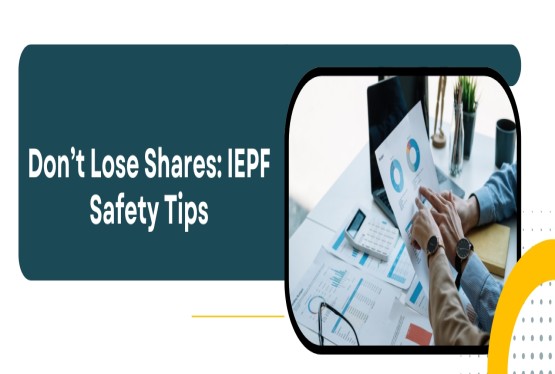








_learn_crop10_thumb.jpeg)

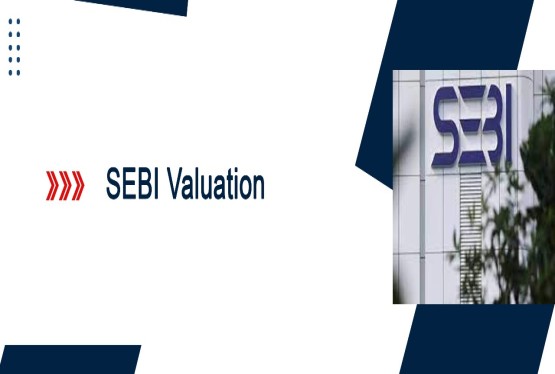




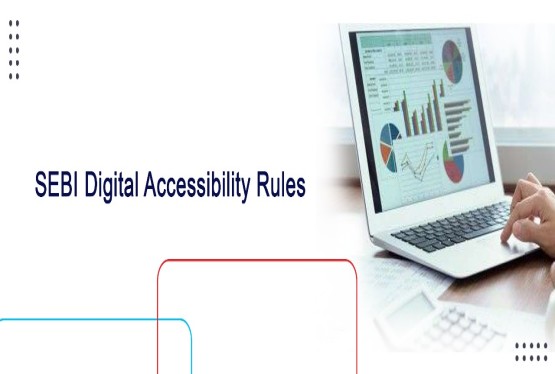


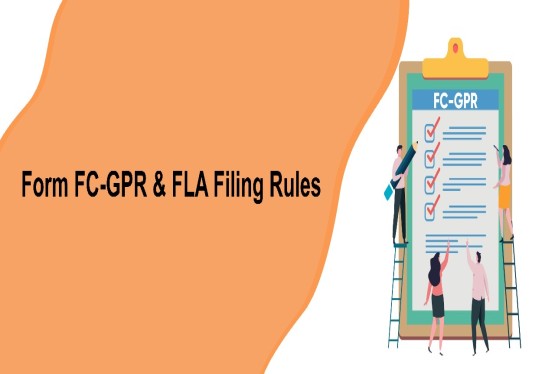

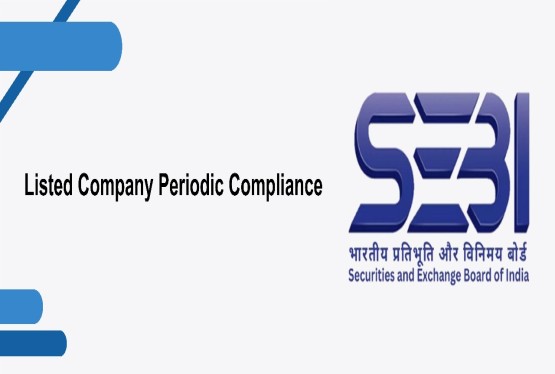

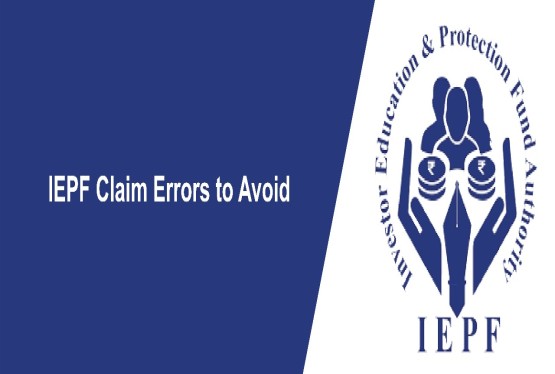


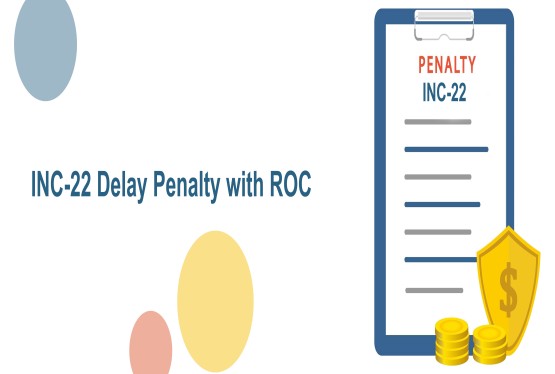
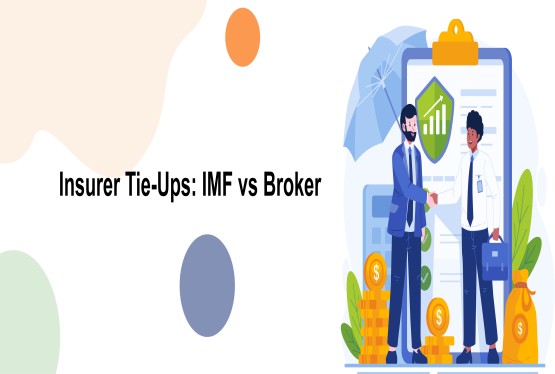

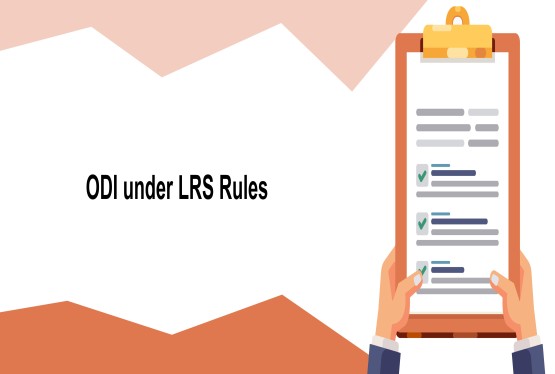
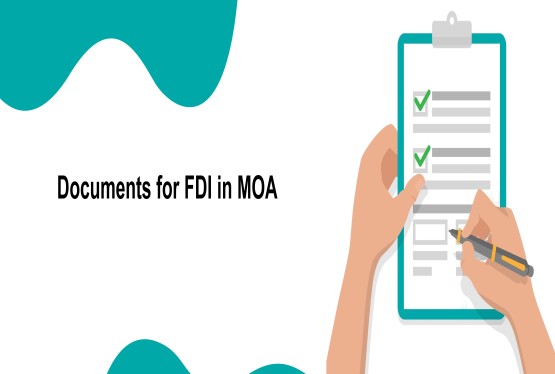


_learn_crop10_thumb.jpg)
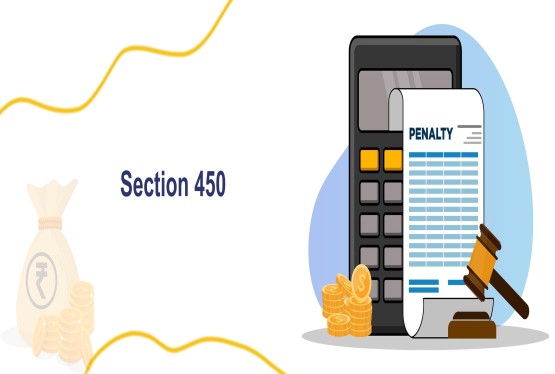


_rd_roc_learn_crop10_thumb.jpg)




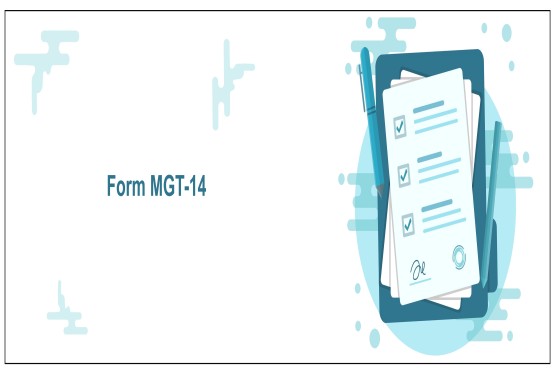
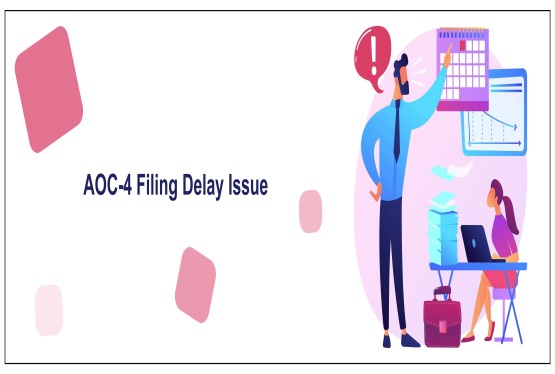
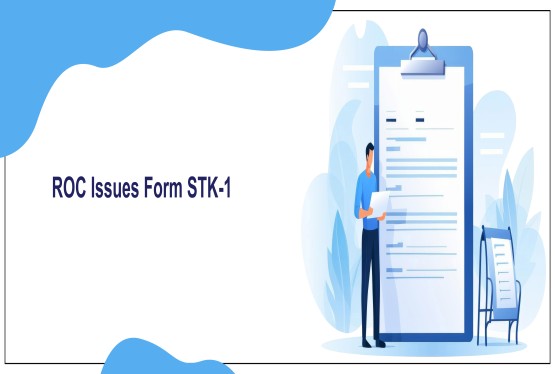








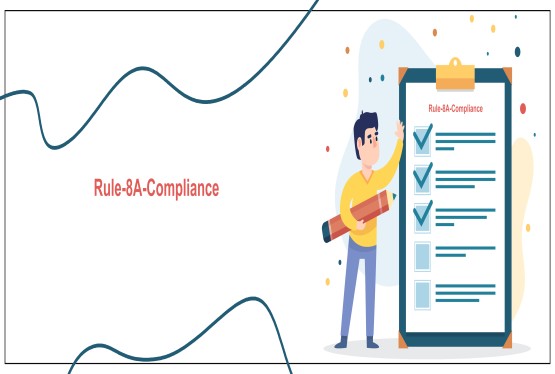
_learn_crop10_thumb.jpg)

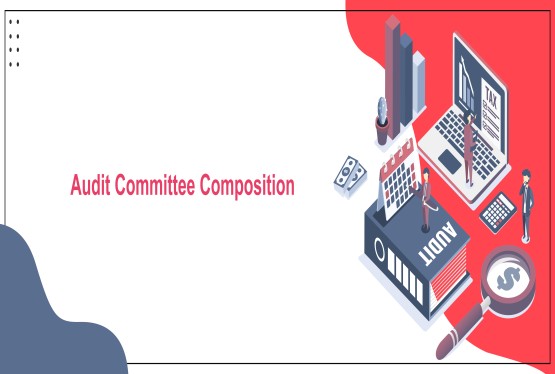
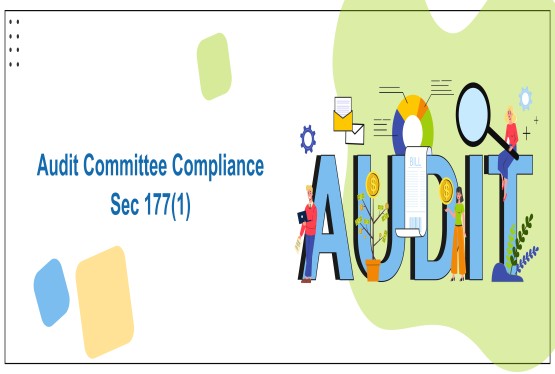



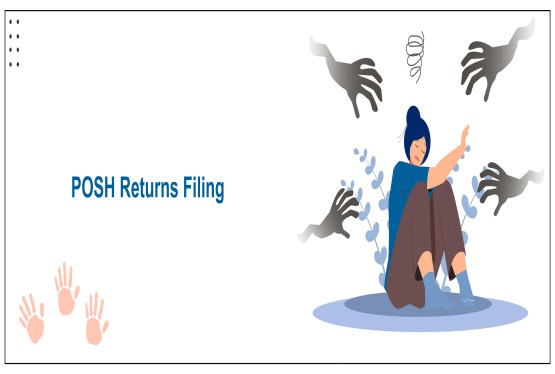
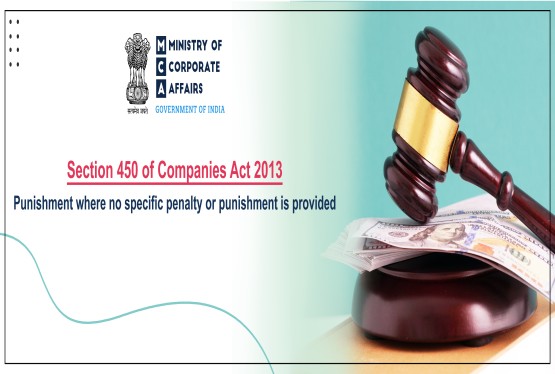

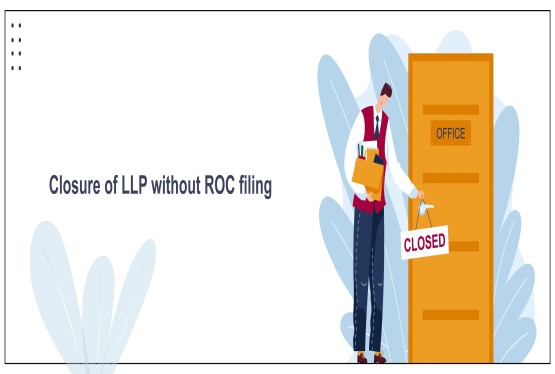
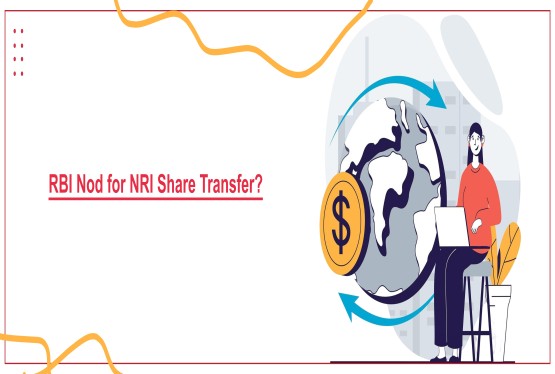

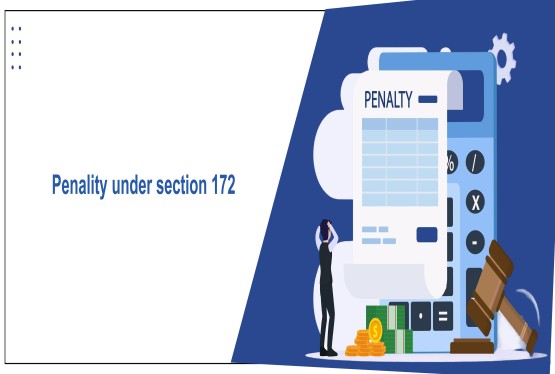
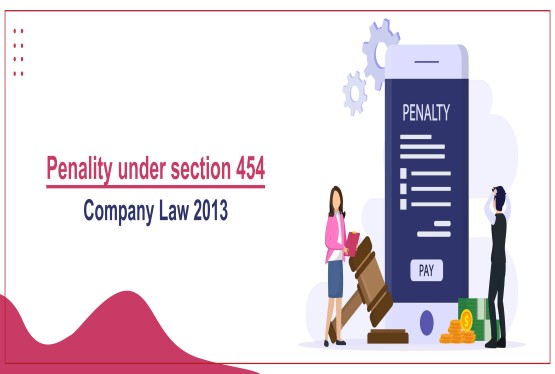
_learn_crop10_thumb.jpg)
_Learn_crop10_thumb.jpg)
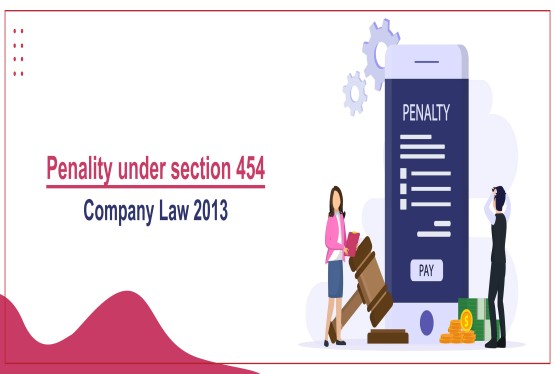
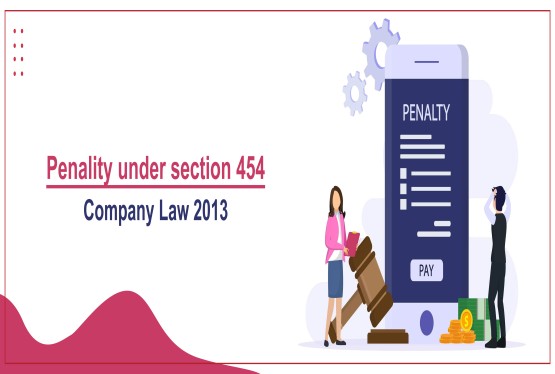
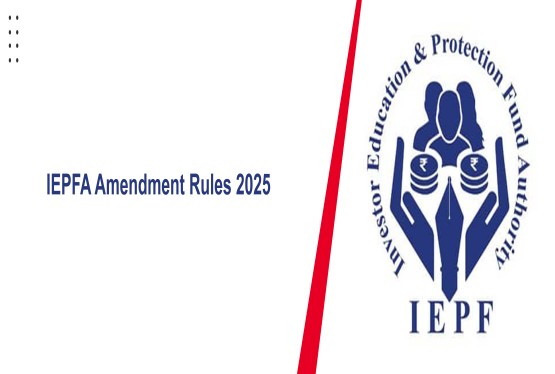
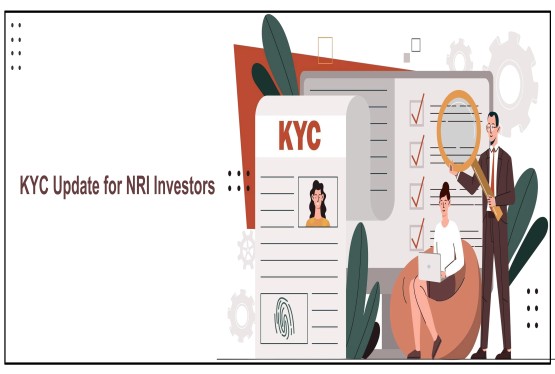
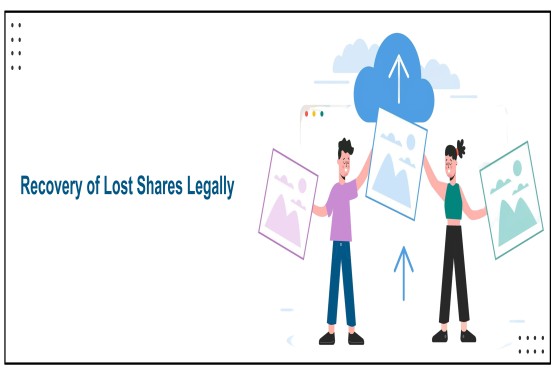
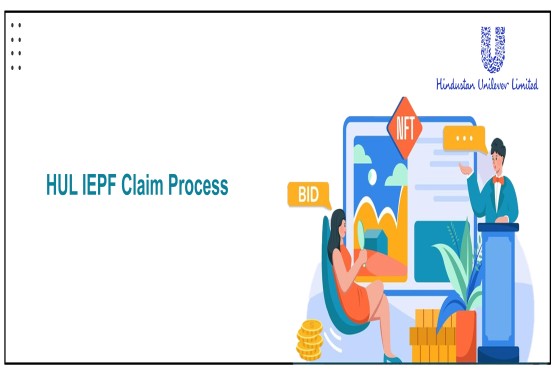




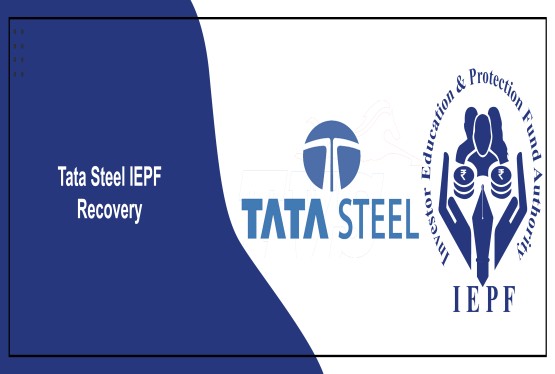
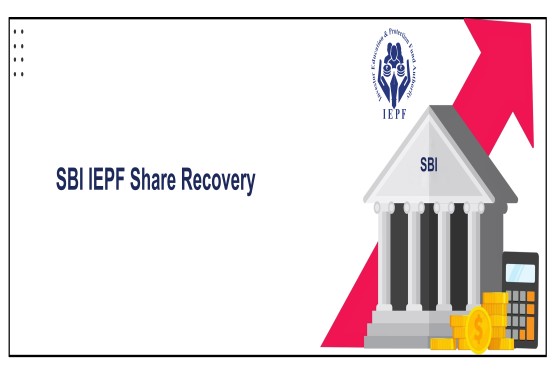
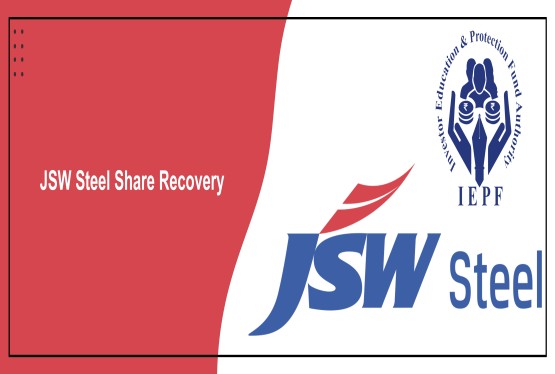


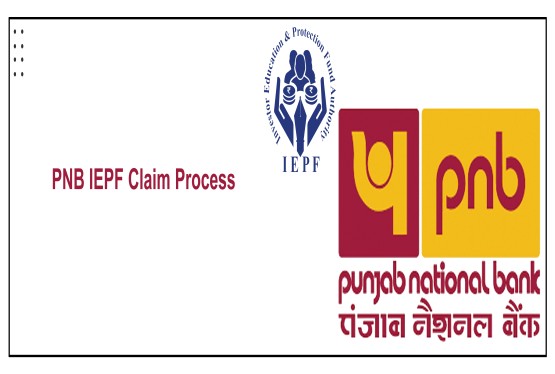





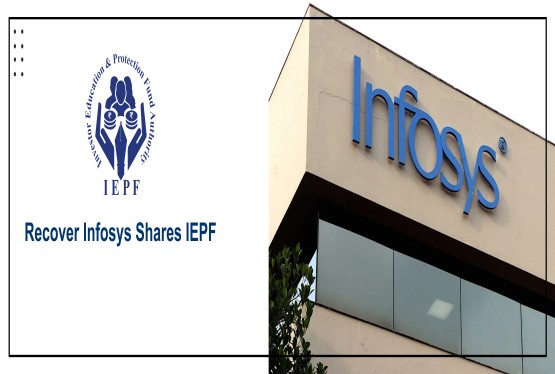
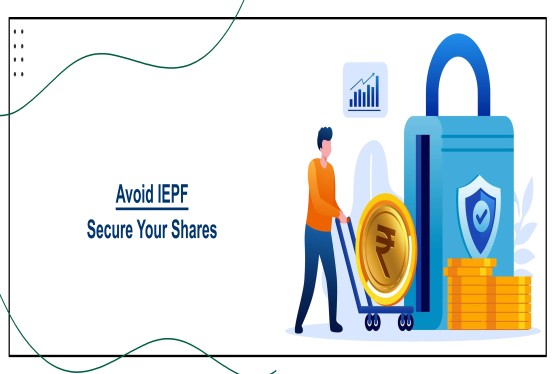

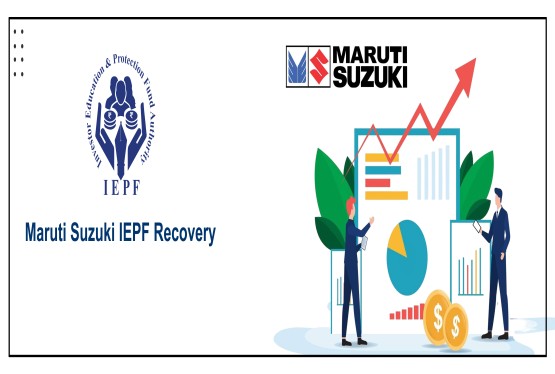


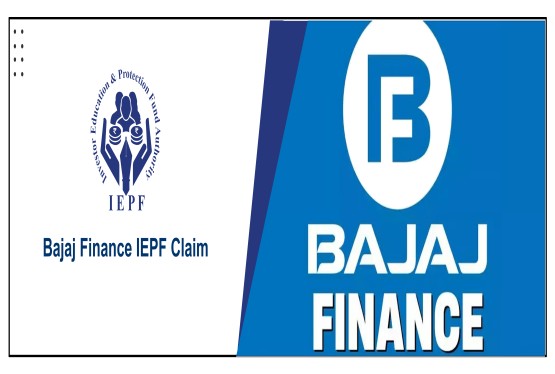
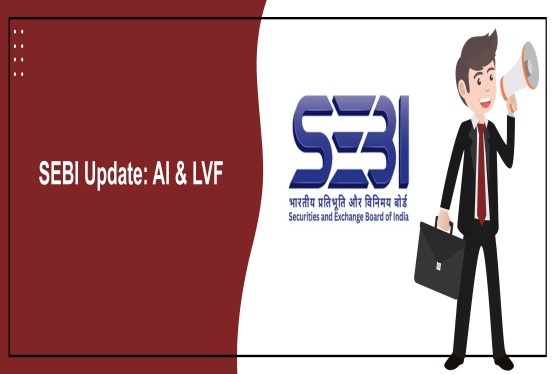




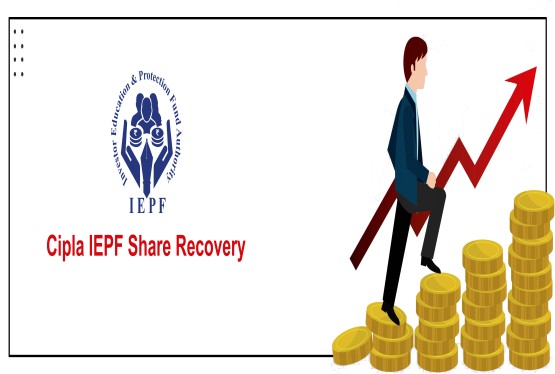
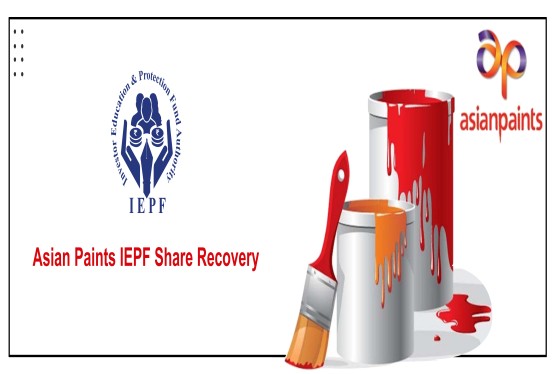
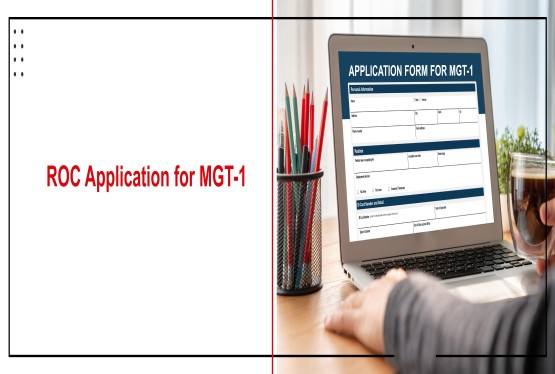
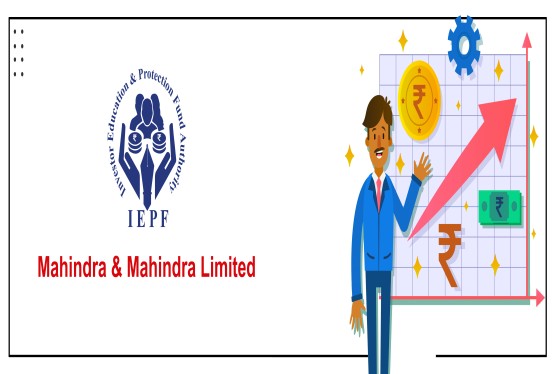



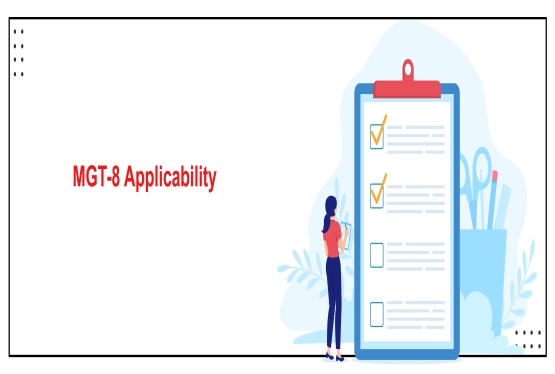


_learn_crop10_thumb.jpg)

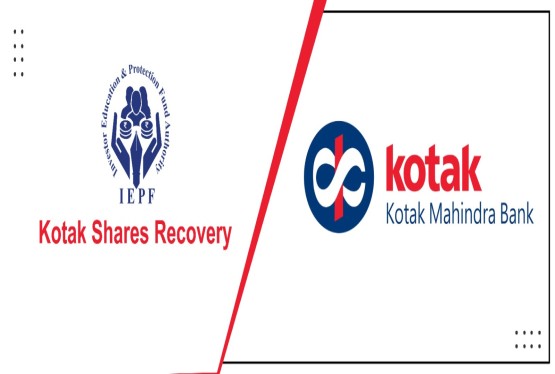


_learn_crop10_thumb.jpg)
